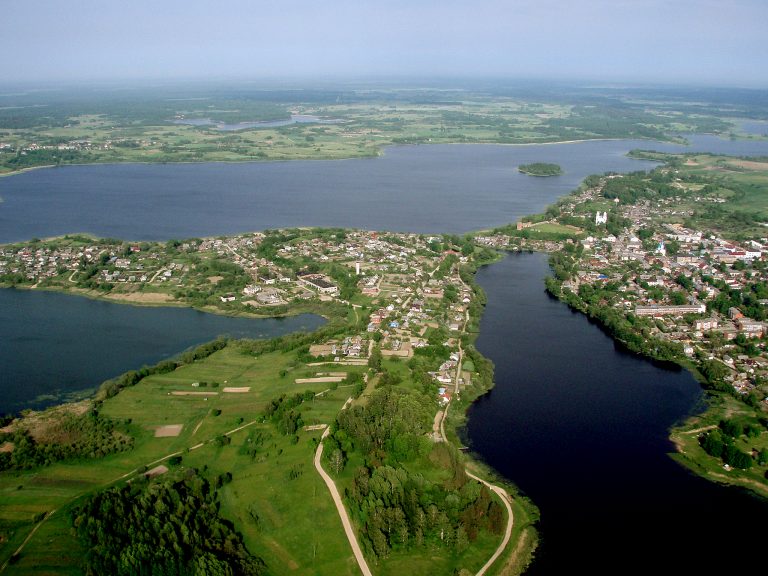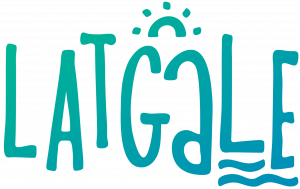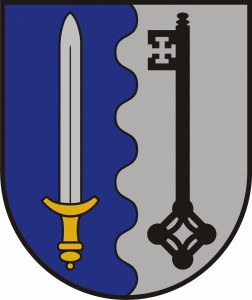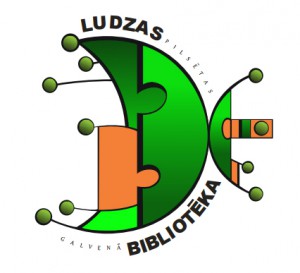About Ludza municipality
Baltic Latgalian tribes chose this beautiful, rich in lakes and forests area in the eastern part of Latvia for living in approx. the 1st century BC. It is proved by 14 settlements, more than 25 castle mounds and about 70 ancient burial places. Between Small and Big Lakes of Ludza, on the top of a hill a Latgalian wooden castle was erected for protection of the borders. Around the castle an active and rich town of Ludza appeared, which received its name in honour of the castle’s owner’s daughter Lūcija.
Ludza was first mentioned in the Russian chronicles in 1177, where it is written about birth and baptising of Chieftain Rurik’s son in Ludza.
In 1777, when Latgale Region was annexed to Russia, Ludza became the centre of the county, developing as a trade centre, the second largest town after Daugavpils City.
During the Latvian independence times Ludza was an economically and socially active town with 238 companies, 356 shops, a splendid Catholic Church, a hospital, a school, a railway station, a museum. But in the fire of 1938 and during the WWII the town almost lost its entire wooden architecture and strategically important buildings.
Ludza have always been located at the crossroads going from Europe to wide Russian lands, and this fact defined its inhabitants’ and land’s destiny. Russians, Swedish, Polish and German invaders occupied this territory. During existence of Ludza representatives of various confessions and nationalities came here for living – Estonians, Russian Old-believers, Ukrainians, Belarusians, Jewish.
Today the interaction of cultural and art, routine and traditions define the face and future of the town. In 2004 Ludza became a border town of the European Union and a bridge between Europe and Russia.
Friends of Ludza Town – towns in Germany, Belarus, Russia, Poland, Lithuania, Ukraine.





